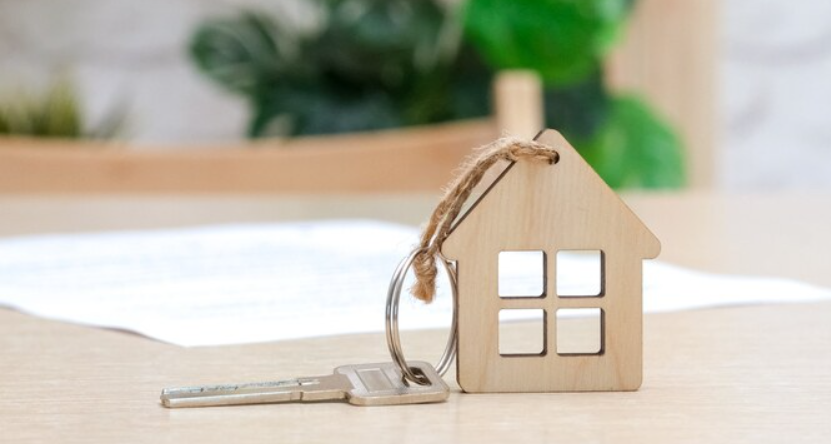
10 Sep 2024
RIYADH: Saudi banks granted SR7.07 billion ($1.9 billion) in new residential mortgage loans in July, marking a 33 percent increase from the previous month, according to recent data.
Figures from the Saudi Central Bank, also known as SAMA, showed that the number of loan contracts surged to 9,605, up from 7,274 in the previous month.
These residential loans are primarily used for purchasing houses, apartments, and land. The majority — 62 percent, or SR4.38 billion — was allocated for house purchases. While loans for houses rose by 28 percent month on month, their share of the residential mortgage market dropped from 72 percent a year ago to 62 percent.
Meanwhile, loans for apartments have been gaining traction, reaching SR2.26 billion in July— a 40 percent monthly growth. Their share has risen from 23 percent to 32 percent over the past year.
Loans for land purchases, while representing the smallest portion at 6 percent, saw the highest monthly growth rate, surging 63 percent to SR429 million.
The shift toward apartment lending reflects changing economic and demographic trends in Saudi Arabia.
While villas remain a symbol of aspiration, the practicalities of affordability are steering more buyers toward apartments, particularly in cities like Riyadh, where property prices are steadily increasing.
The rising cost of borrowing has eroded purchasing power, making apartments a more viable option for many. Riyadh’s projected population growth, expected to reach between 15 million and 20 million by 2030, further fuels this demand, particularly for smaller, more affordable homes and rental units.
Additionally, the influx of both local migrants and expatriates into the capital is creating a diverse housing market where apartments are increasingly sought after, driving up their share of new residential loans.
According to a 2024 study by Knight Frank, Saudi Arabia’s residential property market has experienced notable price growth over the past three years, with apartment prices in Riyadh reaching SR5,150 per sq. meter and villa prices hitting SR4,900 per sq. meter.
This represents a 26 percent and 21 percent increase from the last peak in 2016, respectively according to the study.
The surge in property prices is largely driven by the government’s ambitious Vision 2030 goal to increase homeownership from over 60 percent to 70 percent. This has been supported by various mortgage programs aimed at facilitating the transition from renting to owning.
By the end of 2023, homeownership in the Kingdom rose to 63.74 percent, exceeding the government’s target. The new Premium Residency Visa option has further expanded the market to international buyers, contributing to the increased demand.
An August report by Knight Frank revealed a 38 percent increase in real estate transactions in the first half of 2024, totaling 106,700 deals valued at SR127.3 billion. Residential transactions, comprising 61 percent of the total, saw a 41 percent increase in volume and a 48 percent increase in value, reaching SR77.6 billion.
This growth is attributed to government initiatives, such as the Housing Program, which supported over 96,000 families with affordable financing, and the Development Housing Program, assisting more than 20,000 households.
The former, which was launched in 2018, seeks to enable and facilitate Saudi homeownership by providing a range of residential and financing options and reducing waiting lists for various segments of society throughout the Kingdom.
According to Knight Frank, Riyadh saw the highest increase in residential transactions at 49 percent, outpacing other major cities.
Initiatives such as the regional headquarters program are driving residential demand, as an increasing number of businesses expand and relocate their bases to the capital.
This influx of corporate activity not only boosts the local economy but also intensifies the need for housing, attracting both domestic and international interest in the city’s real estate market.